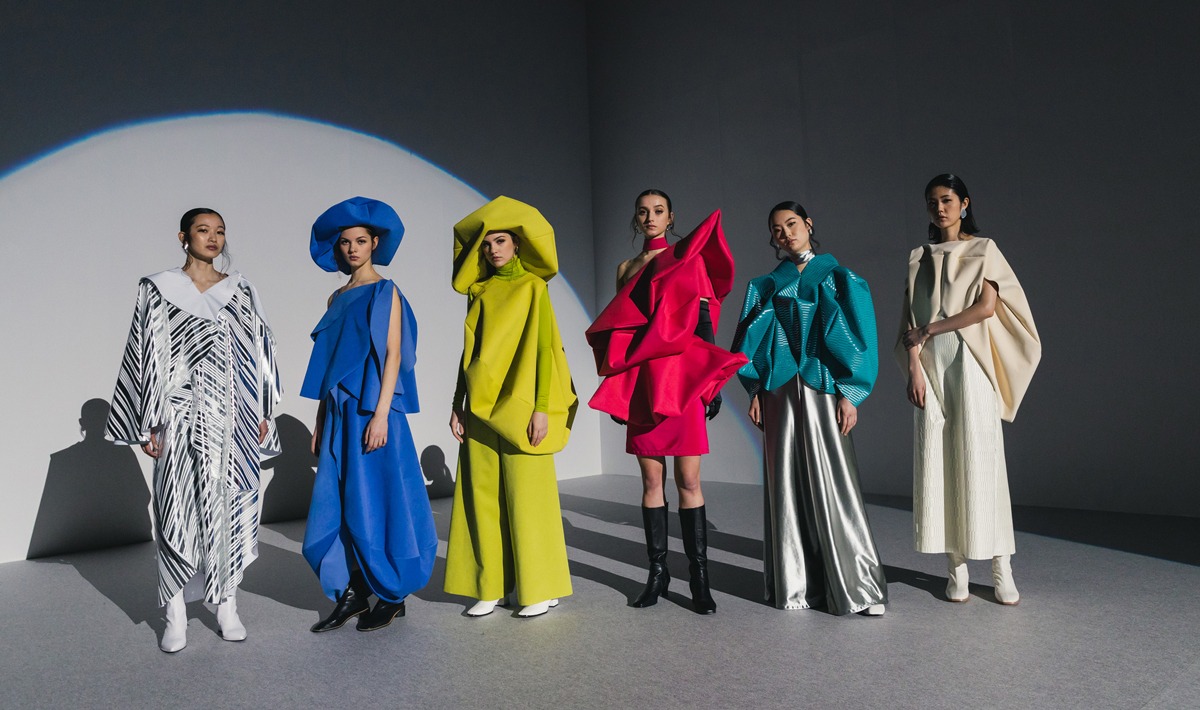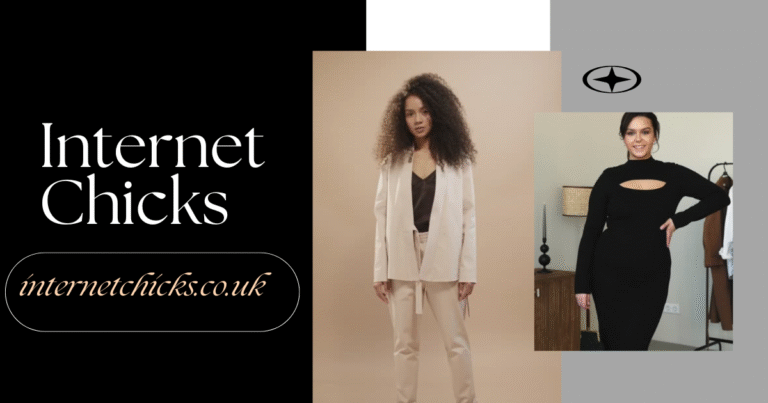The Evolution and Power of Fashion: A Mitherless Expression of Identity
Introduction
Fashion is not merely a matter of clothing—it’s a vibrant language, a creative expression, and a cultural phenomenon. Since ancient civilizations, humans have used fashion to communicate their identity, status, beliefs, and even resistance. Today, fashion is a dynamic industry valued in the trillions, influencing not only what people wear but how they live, think, and perceive themselves.
This article explores the world of fashion—from its rich history and socio-cultural implications to its impact on the modern individual. Along the way, we’ll also consider how fashion empowers people to express themselves mitherless free from worry, judgment, or restraint.
A Brief History of Fashion
Fashion has always been influenced by geography, economy, politics, and art. Let’s take a quick walk through time:
Ancient Civilizations
In ancient Egypt, Greece, and Rome, fashion was both utilitarian and symbolic. Pharaohs adorned themselves with lavish jewelry and linen garments, while Greek citizens draped themselves in chitons and himations, symbols of their democratic ideals.
The Middle Ages
Clothing in medieval Europe was indicative of class structure. Nobles wore luxurious fabrics like velvet and silk, while peasants donned wool and linen. This era introduced sumptuary laws—regulations that dictated what individuals could wear based on social status.
The Renaissance
Fashion flourished in the Renaissance, with dramatic silhouettes, ruffles, and embroidery. Italy and France became epicenters of style. Clothing was not just a necessity but a visual representation of power, intellect, and artistry.
The Modern Era
The industrial revolution transformed fashion. Mass production allowed middle and lower classes access to new trends. By the 20th century, designers like Coco Chanel and Christian Dior began shaping fashion into the industry we know today.
Fashion and Identity
One of fashion’s most powerful roles is its ability to help people shape and express their identity. Whether it’s gender, culture, religion, or mood, clothing becomes a canvas on which individuals paint their truth.
Gender and Fashion
For centuries, fashion dictated strict gender roles. However, the modern era has seen the rise of androgynous styles, gender-fluid collections, and unisex clothing lines. Icons like David Bowie, Prince, and Harry Styles blurred gender norms, paving the way for broader expression.
Cultural Influence
Fashion is deeply rooted in cultural heritage. Traditional garments like the Indian sari, Japanese kimono, and Nigerian agbada not only reflect aesthetics but also stories, traditions, and values passed through generations. Today’s designers often draw inspiration from such garments, blending the past with the present.
Religion and Modesty
Fashion also intersects with faith. Hijabs, turbans, and other religious attire are worn with pride, often styled in creative ways that honor tradition while embracing personal expression. Modest fashion, once niche, has become a billion-dollar industry.
The Psychology of Fashion
Fashion isn’t just about outward appearances. What we wear impacts how we feel and behave. This concept, known as “enclothed cognition,” suggests that clothing affects mental processes and performance.
Confidence and Self-Expression
Wearing clothing that resonates with your personality can boost confidence. A bold red dress, a tailored suit, or a punk leather jacket can dramatically shift one’s demeanor. In many ways, fashion helps people feel mitherless, enabling them to walk through life without the burden of societal expectations.
First Impressions
In social and professional settings, appearance plays a pivotal role in first impressions. While this may seem superficial, humans are wired to make quick judgments. The right outfit can communicate competence, creativity, or authority.
Fashion and Social Movements
Fashion has been a silent yet powerful ally in many social revolutions.
Suffragette White
During the women’s suffrage movement, protestors wore white to symbolize purity and unity. These outfits sent a strong message while allowing women to maintain societal respectability.
The Civil Rights Era
The civil rights movement of the 1960s saw activists embracing natural hairstyles like afros and dashikis to reclaim Black identity and reject Eurocentric beauty standards.
Punk and Rebellion
In the 1970s and 80s, punk fashion emerged as a form of rebellion. Safety pins, leather, mohawks, and ripped clothing challenged the status quo and corporate culture.
Today, movements like body positivity, LGBTQ+ rights, and sustainability are all reflected in fashion choices—from plus-size models on runways to gender-neutral collections and eco-conscious brands.
Sustainable Fashion: A Global Priority
While fashion is glamorous and empowering, it also has a darker side. The industry is one of the largest contributors to pollution and exploitation.
The Rise of Fast Fashion
Fast fashion brands churn out cheap, trendy clothing at breakneck speed, encouraging overconsumption. These garments are often produced in sweatshops with little regard for worker rights or the environment.
Eco-Friendly Alternatives
In response, consumers and brands are embracing sustainable fashion. This includes:
- Slow fashion: High-quality garments made to last.
- Upcycling: Repurposing old clothing into new designs.
- Ethical brands: Companies that ensure fair wages and safe working conditions.
- Natural fabrics: Choosing organic cotton, hemp, and bamboo over synthetic fibers.
Consumers now prioritize transparency, and brands that fail to meet ethical standards face backlash. This shift signals a return to thoughtful, mindful consumption—a truly mitherless approach to personal style.
Fashion Technology: The Future is Now
Technology is revolutionizing fashion in remarkable ways.
Virtual Fashion
Virtual influencers and digital clothing are gaining popularity in gaming and social media. Platforms like Roblox and Fortnite offer digital outfits that can be bought, worn, and shown off online.
AI and Personalization
Artificial intelligence helps personalize shopping experiences. Algorithms suggest outfits based on previous purchases, body shape, and lifestyle, making fashion more inclusive and accessible.
3D Printing and Smart Textiles
From 3D-printed gowns to smart fabrics that change color with temperature, the intersection of tech and fashion is breaking boundaries and sparking innovation.
Street Style: Fashion from the Ground Up
High fashion often looks to the streets for inspiration. Street style, born in the subcultures of New York, Tokyo, and London, reflects raw creativity and individuality.
Hip-Hop and Urban Fashion
Baggy jeans, gold chains, and branded sneakers emerged from 1980s Bronx and reshaped global fashion. Hip-hop artists like Run-DMC and Tupac Shakur turned streetwear into a mainstream phenomenon.
Skate Culture
Skateboarding fashion—oversized tees, beanies, and Vans—originated in Southern California and influenced brands like Supreme and Thrasher.
Youth and DIY Fashion
Young people, especially Gen Z, use platforms like TikTok and Instagram to showcase thrifted looks, handmade pieces, and experimental styling. They embody the mitherless spirit—unbothered by traditional fashion rules and fearlessly authentic.
The Global Fashion Capitals
Four cities dominate the global fashion landscape:
Paris
Known as the heart of haute couture, Paris is home to iconic houses like Chanel, Dior, and Louis Vuitton. Paris Fashion Week sets the tone for global trends.
Milan
Italy’s fashion capital boasts luxury craftsmanship. Brands like Gucci, Versace, and Prada reflect opulence, sensuality, and drama.
London
Known for its punk roots and avant-garde designers, London celebrates rebellion and individuality. Think Vivienne Westwood and Alexander McQueen.
New York
With its diversity and innovation, New York City is where street style meets sophistication. It’s the birthplace of American fashion icons like Ralph Lauren and Calvin Klein.
Fashion Influencers and Social Media
The rise of social media has democratized fashion. No longer controlled solely by editors and designers, trends are now shaped by influencers, bloggers, and everyday users.
Instagram and TikTok
These platforms allow users to share outfits, style tips, and hauls. Hashtags like #OOTD (Outfit of the Day) and #ThriftFlip have built communities that celebrate individuality.
Fashion Bloggers
From Chiara Ferragni to Aimee Song, fashion bloggers have become trendsetters, collaborating with brands and launching their own lines.
Celebrity Culture
Celebrities like Rihanna, Zendaya, and Timothée Chalamet use fashion to push boundaries and challenge norms, often going viral for their red carpet choices.
Fashion for All Ages
Fashion is not just for the young. Older generations are making bold fashion statements, proving that style is timeless.
Silver Style
Elderly influencers like Baddie Winkle and Iris Apfel show that age is no barrier to bold, fearless fashion. Their vibrant outfits exude confidence and charm.
Children and Teens
Children’s fashion is growing rapidly, with parents embracing stylish yet functional outfits. Teenagers, fueled by social media, are among the most trend-savvy demographics.
Conclusion: A Mitherless Journey Through Fashion
Fashion is more than fabric and design—it’s a mirror of society, a form of protest, a celebration of culture, and a path to personal freedom. Whether you’re rocking thrifted denim or a designer gown, fashion gives you the power to be unapologetically yourself.
In a world filled with noise and conformity, true style is about being mitherless—expressing who you are without fear, without boundaries, and without needing anyone’s approval.
Fashion may be ever-changing, but its essence remains the same: a powerful, creative, and liberating force that speaks when words fall short.







